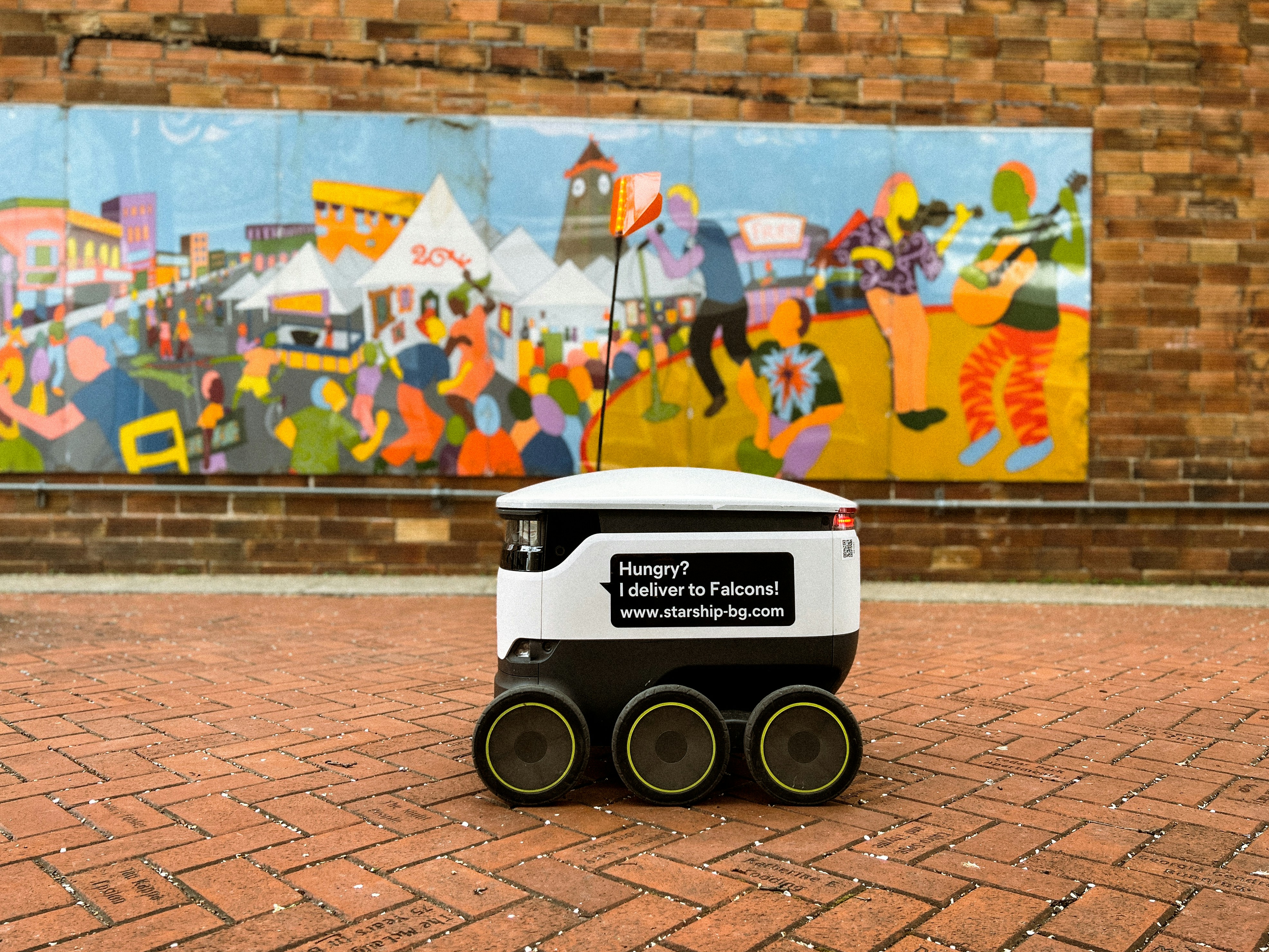Digital Twin Applications in Logistics and Supply Chain Planning
The intricate world of logistics and supply chain management is undergoing a profound transformation, driven by innovative technologies. Among these, the digital twin stands out as a game-changer. By creating a virtual replica of physical assets, processes, and systems, digital twin logistics offers unparalleled insights and optimization opportunities. This technology is not just about mirroring reality; it’s about predicting the future, testing scenarios, and refining operations before they happen in the real world, leading to significant efficiencies and cost savings for businesses.
Table of Contents
- What is a Digital Twin in Logistics?
- Key Benefits of Digital Twin Logistics
- Implementing Digital Twins: Challenges and Solutions
- Future Outlook: The Evolution of Digital Twin Technology
- Conclusion
What is a Digital Twin in Logistics?
A digital twin is a virtual model designed to accurately reflect a physical object, process, or system. In the context of logistics and supply chain, this means creating a digital replica of warehouses, transportation networks, inventory, equipment, and even entire supply chains. This replica is continuously updated with real-time data from sensors, IoT devices, and other data sources, ensuring it remains an accurate representation of its physical counterpart. This dynamic link allows for constant monitoring, analysis, and simulation, providing a living, breathing digital model of the logistical ecosystem.
The power of a digital twin lies in its ability to simulate various operational conditions and predict outcomes without disrupting actual operations. From tracking a single package to managing a global distribution network, digital twins provide a holistic view and control unprecedented in traditional methods. This capability is fundamental to effective digital twin logistics.
Key Benefits of Digital Twin Logistics
The adoption of digital twins brings a multitude of advantages to the complex domain of supply chain and logistics. These benefits collectively contribute to greater efficiency, resilience, and responsiveness.
Enhanced Visibility and Real-Time Monitoring
One of the most immediate benefits is the significant boost in visibility. Companies can monitor their entire supply chain in real time, from raw material sourcing to final product delivery. This includes tracking fleet movements, warehouse operations, and inventory levels with precision. Any deviation from planned operations, such as delays or equipment failures, can be identified instantly, allowing for proactive intervention. This real-time data flow drastically reduces blind spots and improves situational awareness.
Improved Planning and Predictive Analytics
Digital twins excel in transforming planning capabilities. By leveraging historical data and real-time feeds, they can perform advanced supply chain simulation to forecast demand, predict potential disruptions, and model the impact of various strategies. This predictive power allows logistics managers to optimize routes, schedule maintenance, and manage inventory levels more effectively. For instance, a digital twin can simulate the impact of a sudden surge in demand or a natural disaster, helping prepare contingency plans and ensuring business continuity.
Risk Mitigation and Scenario Planning
The ability to run “what-if” scenarios in a risk-free virtual environment is invaluable. Supply chain managers can test the resilience of their networks against various disruptions, such as supplier failures, transportation issues, or geopolitical events. By understanding potential vulnerabilities and the ripple effects of disruptions, organizations can develop robust mitigation strategies and make informed decisions. This proactive approach significantly reduces financial losses and operational downtime.
Optimized Resource Allocation
Digital twins facilitate the precise allocation of resources, including vehicles, warehouse space, and human capital. By simulating different operational layouts or dispatch schedules, companies can identify the most efficient configurations. This leads to reduced operational costs, optimized asset utilization, and improved service levels. For example, a digital twin can model the optimal placement of goods within a warehouse to minimize picking times or determine the most efficient routes for a delivery fleet, embodying effective optimization models.
Implementing Digital Twins: Challenges and Solutions
While the benefits are clear, deploying digital twin technology comes with its own set of challenges. Data integration across disparate systems can be complex, requiring robust IT infrastructure and interoperability standards. The initial investment in sensors, software, and data analytics tools can also be substantial. Furthermore, finding skilled personnel capable of managing and interpreting digital twin data is crucial.
However, these challenges are surmountable. Phased implementation, starting with smaller, manageable projects, can help organizations gradually build expertise and demonstrate ROI. Partnering with technology providers specializing in digital operations and leveraging cloud-based platforms can also reduce the upfront burden and accelerate deployment. Continuous training for staff ensures the effective utilization of these powerful tools.
Comparison: Traditional vs. Digital Twin Logistics
| Feature | Traditional Logistics | Digital Twin Logistics |
|---|---|---|
| Visibility | Limited, often reactive | Real-time, comprehensive |
| Planning | Historical data, manual forecasting | Predictive analytics, scenario simulation |
| Risk Management | Reactive, experience-based | Proactive, simulated testing |
| Optimization | Heuristic, trial-and-error | Data-driven, algorithmic |
| Decision Making | Intuitive, delayed | Informed, immediate |
Future Outlook: The Evolution of Digital Twin Technology
The future of digital twin technology in logistics is incredibly promising. Integration with advanced AI and Machine Learning algorithms will further enhance predictive capabilities, allowing for more accurate forecasts and automated decision-making. The proliferation of IoT devices will provide even richer real-time data, feeding more detailed and dynamic digital twins. Furthermore, blockchain technology could be used to secure data integrity and enhance transparency across supply chain partners.
As these technologies mature, digital twin logistics will become an indispensable tool for achieving unparalleled planning accuracy and resilience in an increasingly volatile global market. For more insights into broader supply chain strategies, consider exploring innovative supply chain solutions.
Conclusion
Digital twin logistics represents a significant leap forward in managing the complexities of modern supply chains. From enhancing visibility and improving planning to mitigating risks and optimizing resources, its applications are vast and transformative. While implementation requires careful consideration, the long-term benefits of greater efficiency, resilience, and competitive advantage are undeniable. Embracing this technology is no longer an option but a strategic imperative for businesses aiming to thrive in the digital age. Learn more about how digital twins fit into a broader supply chain optimization framework.


